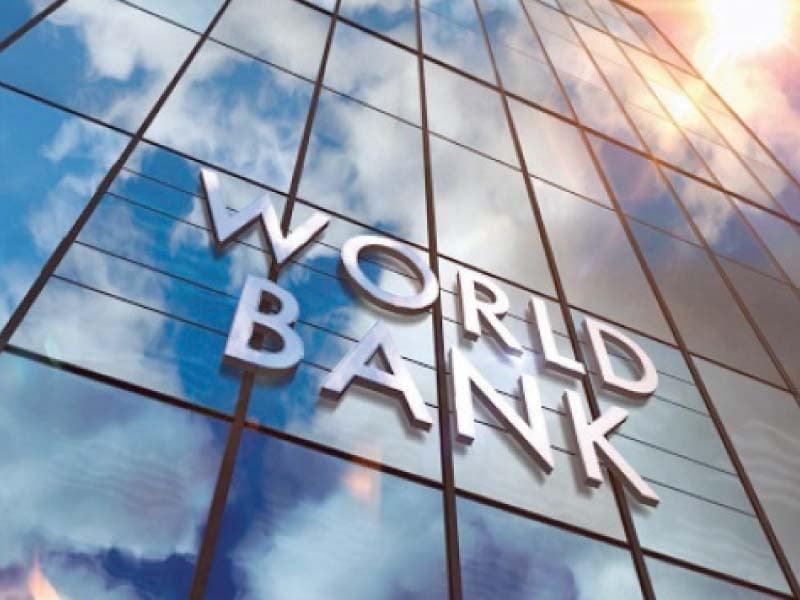Islamabad: The World Bank has revised the global income limits used to measure poverty, resulting in a large increase in Pakistan’s poverty chief, which is now 44.7%. However, experts warn that the updated figure still does not fully capture the current realities due to dependence on outdated data from 2018-19 household income and expenses (HIs).
The Washington-based lender on Thursday released its new international poverty line to reflect changes in prices of goods and services and their consequences for the global population.
The new poverty line for Pakistan, which is a lower middle -income country, has been set at $ 4.20 per year. Person per Day, up from $ 3.65, said Christina Wieser, the senior poverty economist in the World Bank while they briefed media people on Thursday.
She said that due to the upward revision, for the lower average income level, the poverty relationship has sprung from 39.8% of the old level to 44.7% on the threshold of $ 4.20 per year. Day income.
Read more: Poverty is evaluated imaginatively yet the poor poor remain
The World Bank has also updated the extreme poverty line from $ 2.15 to $ 3 per day. Person per Day. Due to the revision in the threshold, 16.5% of the Pakistani population lives in extreme poverty, up from 4.9% below the previous threshold of $ 2.15, Christina said.
She said that one of the reasons for such a high jump was that the majority of the population was gathered around $ 2.15 to $ 3 per year. Day income level, resulting in a significant increase.
About 82% of this increase in extreme poverty is due to the higher value of the new international poverty line, reflecting increases in national poverty boundaries in the comparators, with the rest explained with price increases in Pakistan between 2017 and 2021, according to the World Bank.
The World Bank has not used the latest population counting data and has instead depended on the population of the United Nations.
Christina also added that the underlying household income and expenditure survey (HIES) 2018/19 data have been used for both national and international estimates. While international poverty lines are important for tracking global progress and comparisons, national lines remain more appropriate to inform country -specific political decisions, the senior economist said.
ALSO READ: Rethinking Poverty: The Rise of New Poor in Pakistan
Everything that has affected since 2019 is not included, neither Covid-19 nor 2022 floods as the baseline remains the same, Christina said while answering a question. We are desperately looking forward to the new household -integrated financial study to update our baseline, she added.
The local economists had estimated a sharp rise in poverty after the floods 2022, which flooded a quarter of the country and negatively affected the population in three provinces.
These updates to the international poverty lines ensure that poverty estimates remain accurate and comparable across countries. The methodology remains in accordance with previous updates and continues a practice that began with the introduction of the dollar-en-day line in 1990, according to the World Bank economist.
“The audits help to place Pakistan’s poverty levels in a global context and emphasize the importance of continued efforts to reduce vulnerability and improve resilience,” said Najy Penhasine, the outgoing world director of Pakistan.
For domestic politics and program target, the national poverty line remains unchanged and continues to act as the primary benchmark for the assessment of poverty in Pakistan, Christina said.
The forthcoming World Bank’s poverty, justice and resilience assessment for Pakistan will give critical context to interpret these updated poverty estimates, she added. The report will offer a detailed update on poverty, inequality and non-monetary results, will investigate key trees for poverty and outline a forward-looking agenda to increase prosperity and resilience for all Pakistanis.
Read more: World Bank Funded Project Cost Doubled After Revision
According to the government’s last officially available numbers based on the 2018-19 survey, 21.9% of the population lived below the national poverty line. However, because the national poverty lines differ greatly, the resulting poverty rates are not comparable internationally.
The need for new international poverty lines arises from the developing price levels and costs to basic needs worldwide and within income groups, according to Christina Wieser.
To maintain accurate global comparisons, the World Bank periodically updates these poverty lines. International poverty estimates are based on the number of employees for people with consumption under the international poverty line, defined in the purchase of force pairings (PPPs).
Pakistan is among the countries that experience the biggest changes in poverty when they transition to 2021 PPPs based on the international poverty line of low income, according to the World Bank.
The World Bank said that the international poverty line should only be used to compare cross -country skiing and analysis; For evaluation of poverty in a particular country (Pakistan), the national poverty line remains the appropriate standard.
The audits help to place Pakistan’s poverty levels in a global context and emphasize the importance of continued efforts to reduce vulnerability and improve resilience.
The new figures reflect updated international thresholds and improved data from other countries, not deterioration of living standards, according to Christina.



